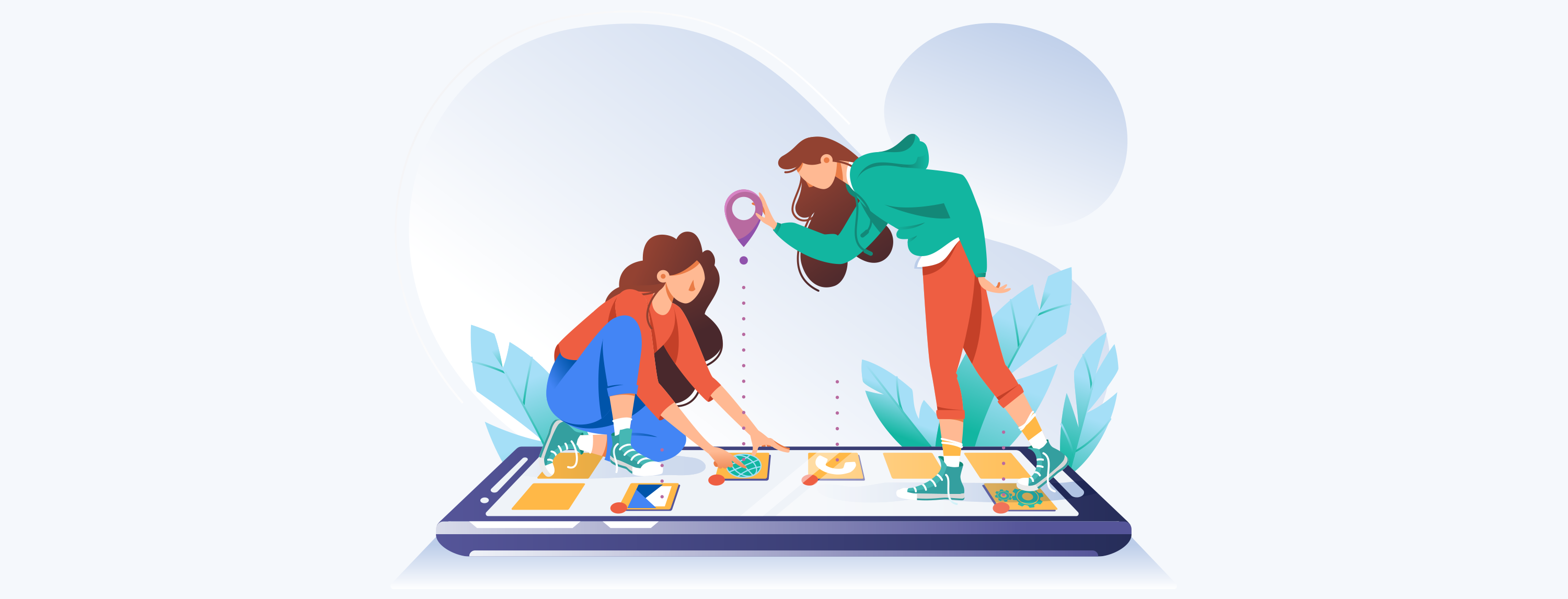It’s never a good idea to make a promise that can’t be kept and we like to make good on our
promises.
While we did think the initial few handouts we gave about the need for digital accessibility in
websites for an improved UX were useful and helpful, we’re a generous bunch and wanted to
offer up some more. Also, in case we’d left you wanting after the taste of what else we might
have to help with the world of digital marketing. We’re cheeky, sorry!
Descriptive Link Text: Marketers around the globe know that communication is key
(it’s not just for healthy relationships!!) and clarity makes any line of communication
that much better. So if you’re faffing or waxing on without making much sense,
you’ve lost potential users. But at the same time, go cheap on how much you want to
explain, and again, you’ve lost yourself a customer. Balance is important and the
same balance is necessary for link texts. The best links out there let people know
what to expect when they click on it. Not only does it help with skimming but again,
it’s super useful for those with disabilities.
Well Structured Websites: Heading tags are not unnecessary. Repeat that if
required, please. They’re for non-impaired and impaired people. Not only does it help
with navigation and better understanding of the website, it helps users skim through
the site without having to click on every single aspect. Having well-formed page
layouts enables this and makes things so much easier. Also make sure not to have
paragraphs that are very dense. If there are some of these, minimize them as much as
possible.
Accessible Forms: Forms are universal, regardless of what kind of website you have
and what service you provide. Forms are also universally tricky for people with
difficulties. Keep them as short and simple as possible, make the labels visible and
the instructions clear, notify users if the form was a success or failure and wherever
possible, remove time limits.
Chatbots: Third party software is often leveraged for the likes of chatbots, pop-up
modals etc. As would be expected, third party software can be inaccessible without
many ways to remedy the issues that might rise. If you’re hiring third parties, ensure
there’s an expert to evaluate their work. This allows for you to know what risks you
might face which might help the situation when it truly is experienced.
When it comes to digital accessibility, there’s countless things that can be done to enable it.
The secret is to keep an eye out for them and to always bear in mind that what might be
accessible to one, doesn’t necessarily have to be accessible to another. Also, side note but
who knows, maybe we’ll offer up even more handouts to better digital accessibility. Who
knows?
Blog
Check out the latest insights and news
from our creative team of experts.
19 July, 2022
How to Use Digital Accessibility for UX and Websites – Part 2
